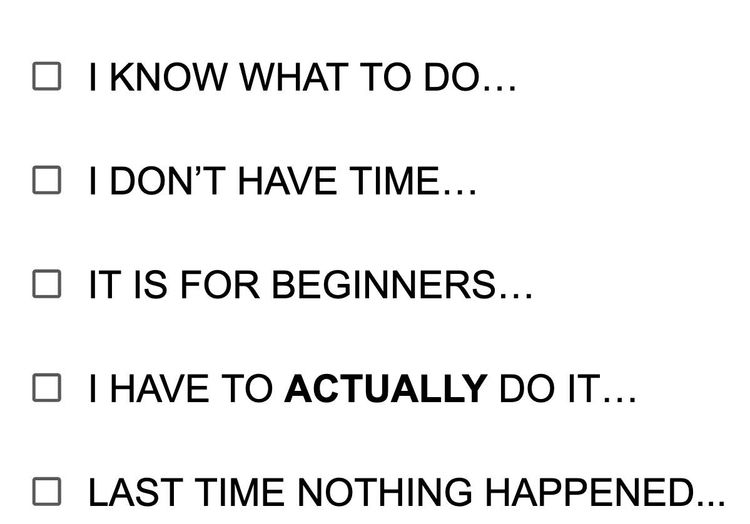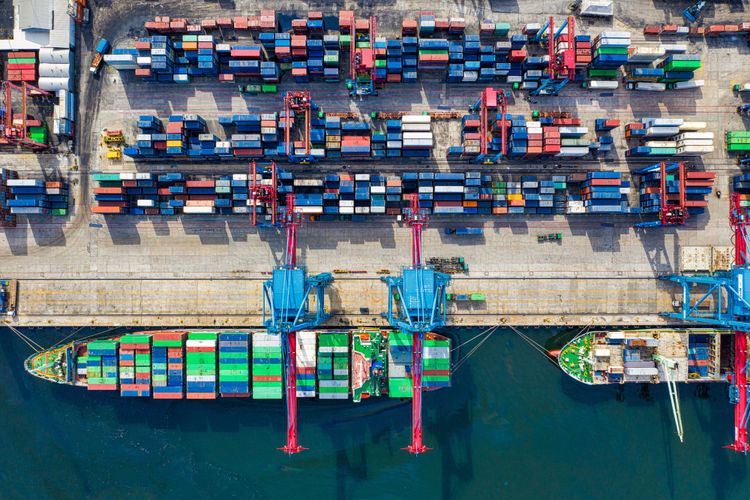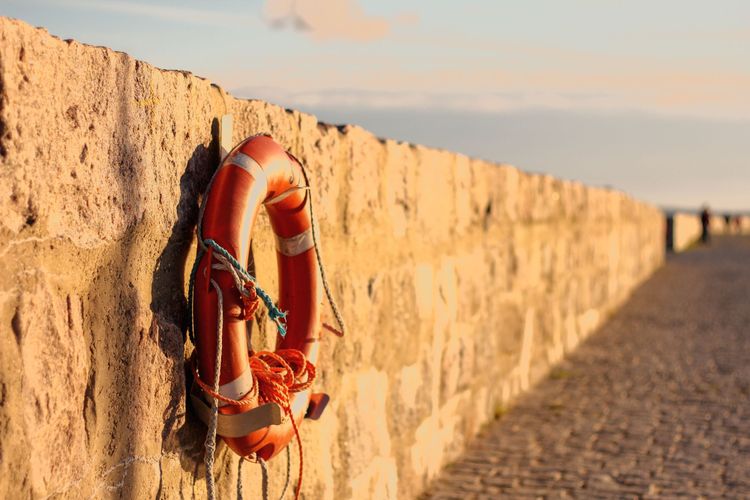The cost of quality

Quality is in the little things, things that are easily forgotten. Things that you can’t really measure. But it’s what makes customers stay loyal or becomes the reason for choosing a specific product. The same applies to safety. How are you making sure that your product, service or team remembers the little things and stays safe?
Quantifying quality or safety is not like calculating profit on the cargo delivered minus the cost of transporting it or the cost of spare parts used for a maintenance job. But it can be done. This measurement was achieved on board a vessel where they went from twenty incidents in 2019 to zero since 2020. And the solution was not AI, sensors or a big safety awareness campaign, it was the introduction of digital checklists that ensured safety by managing quality.
If you invest in something that keeps you safe, how do you calculate the price of the accident that never happened? Let’s say you want to be healthy, to be fit. You eat right and you workout to make this happen. By doing so, your daily cost of living is increased (better food, gym membership etc.) and at the same you are making sure that you are healthy and can continue working until a late age. Now this investment is going to cost you, and adding up through the years it will be a high amount of money.
But let’s say you didn’t do this, and this is where you can compare it to not caring about quality, you would most probably run into problems, health issues and live a shorter life. Maybe you actually stay healthy and continue working until a late age but how can you be sure about this outcome? Now you can’t put a price on health, but we all know life is worth more than anything money can buy.
Improving checklists and actually using them is one way to stay safe in a high risk environment. Making sure that you work with your procedures and use them makes you keep quality at the level you want it to be. And like our favorite checklist guru Atul Gawande says in “The Checklist Manifesto: How to Get Things Right”
“Good checklists, on the other hand, are precise. They are efficient, to the point, and easy to use even in the most difficult situations. They do not try to spell out everything--a checklist cannot fly a plane. Instead, they provide reminders of only the most critical and important steps--the ones that even the highly skilled professional using them could miss. Good checklists are, above all, practical.”





